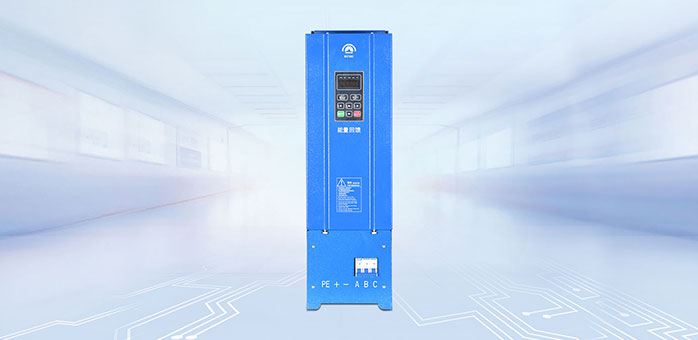You must know the energy-saving technologies used in these modern elevators
23-07-12
At present, modern elevators mainly adopt the following six energy-saving technologies:

Energy feedback technology
Energy feedback technology can convert the regenerative energy generated by the car during light load up or full load down, as well as the kinetic energy generated by motor braking, into electrical energy through multiple rectification technology and feed it back to the power grid for use by other electrical equipment in the same local area network. This can not only reduce equipment energy consumption but also comply with green environmental protection. According to this principle, an experimental type of "hybrid electric elevator" has been developed, which can store the feedback power in a specially designed "battery" for use by other electrical equipment in the power supply network.
Variable speed technology during operation
The rated power of the elevator traction motor is designed based on the maximum output power of the traction motor in the car under full or empty load conditions. When the weight of the lift car and counterweight is consistent, the traction motor theoretically only needs to overcome the static friction force on the traction wheel, and its output power has not reached full load and there is still margin.
On the premise that the power of the electric motor remains constant, when the weight of the car and counterweight is consistent, the operating speed of the elevator can be relatively increased according to the changes in the number of passengers. Compared with traditional elevators operating at rated speed, the use of variable speed technology can appropriately increase the elevator speed (which can increase the original elevator speed by about 1.6 times). This relatively reduces the waiting and boarding time for passengers, and also contributes to energy conservation and environmental protection.
Single shaft double lift car operation technology
In order to improve the efficiency of elevator transportation and the utilization of hoistways in high-rise buildings, single hoistway and double lift car technology has emerged in recent years. According to the position and operation status of the car, it can be divided into three types: super double decker combined car, adjustable double car linkage, and independent operation of each double car. The working principle of the single shaft double lift car technology is that two independent lift cars in the same shaft are monitored by an intelligent control system through sensors to prevent collisions between the two cars, enabling them to operate independently and safely, and to increase the carrying capacity and achieve energy conservation.
As the inventor of the double car elevator, Otis Elevator Company not only has an absolute market share in the double-decker elevator market, but also has rich experience and leading technology. Double decker elevators can simultaneously carry passengers from two floors within the same shaft, which not only improves the overall passenger capacity of the elevator but also reduces the occupation of building space by the elevator. According to different needs of buildings, double decker elevators can save up to 40% of building space compared to traditional elevators.
Intelligent technology for target layer selection
Efficient operation scheduling through intelligent diversion of the destination layer can effectively improve elevator operation efficiency and reduce passenger waiting or boarding time. The intelligent technology of destination layer selection is composed of modules such as group control unit, destination layer selector, and floor indicator. Based on expert system, fuzzy logic, and neural network control technology, it has functions such as dynamic decentralized waiting for elevators, peak self recognition, dynamic partition services, configurable service layers, selectable deployment strategies, and timely forecasting.
Wireless power transmission and wireless signal transmission technology
By using wireless power transmission and wireless signal transmission methods, the realization of elevator cars without accompanying elevators can not only save elevators, but also improve a series of safety and energy-saving issues such as load balance, signal interference, and safety performance during elevator operation.
Linear elevator
A linear motor can directly convert electrical energy into mechanical energy for linear motion without any conversion device. The new generation of linear motor driven, non traction steel rope elevators do not require machine rooms, counterweights, and traction steel ropes, and have the advantages of simple structure, easy maintenance, noise free, pollution-free, and energy-saving.


